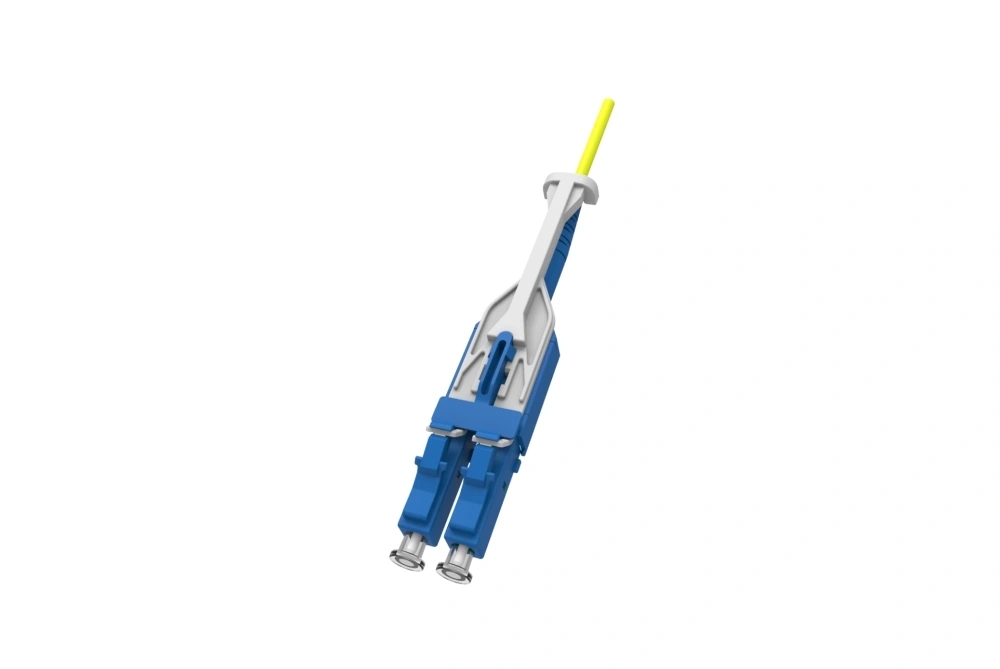
In the field of telecommunications and networking, fiber optic jumper connectors play a crucial role in establishing reliable connections. However, there are several common faults that can occur during their use. This article will discuss these issues and provide troubleshooting methods to address them.
1. Poor Connection
A common problem with fiber optic jumper connectors is poor connection, which can result in inconsistent or weak signals. This issue can be caused by various factors such as dirt, dust, or misalignment of the connectors.
To troubleshoot and resolve poor connection issues:
- Inspect both connectors for any signs of dirt or dust. If found, clean them using a lint-free cloth or compressed air.
- Check the alignment of the connectors by visually inspecting them. If misaligned, gently realign them to ensure a proper connection.
- Ensure that the connectors are properly inserted and secured in their respective ports.
2. Signal Loss
Another common fault in the use of fiber optic jumper connectors is signal loss, leading to weakened or interrupted transmissions. Signal loss can be caused by various factors, including excessive bending, cable damage, or fiber optic defects.
To troubleshoot and resolve signal loss issues:
- Avoid excessive bending or twisting of the fiber optic jumper cables, as it can cause signal attenuation. Ensure that the cables are properly routed and not strained.
- Inspect the cables for any signs of damage, such as cuts or kinks. If damaged, replace the cables with new ones.
- Check for any defects or anomalies in the fiber optic cables. If detected, consult with a professional or contact the cable manufacturer for further assistance.
3. Compatibility Issues
Compatibility issues between different types of fiber optic jumper connectors can result in connection failures or unreliable data transmission. This problem often arises in situations where connectors with incompatible connector types or ferrule sizes are used.
To troubleshoot and resolve compatibility issues:
- Ensure that the connector types and ferrule sizes on both ends of the fiber optic jumper cables are compatible with each other and with the network equipment being utilized.
- If using connectors with different ferrule sizes, consider using hybrid adapters to bridge the gap and ensure a proper connection.
- Consult with the equipment manufacturer or a professional to ensure proper compatibility between connectors and network devices.
Conclusion
Proper use and maintenance of fiber optic jumper connectors are essential for optimal network performance. By understanding and addressing common faults such as poor connection, signal loss, and compatibility issues, users can ensure reliable and efficient data transmission. Regular inspection, cleaning, and adherence to compatibility standards will help minimize these problems and enhance the overall reliability of fiber optic connections.



